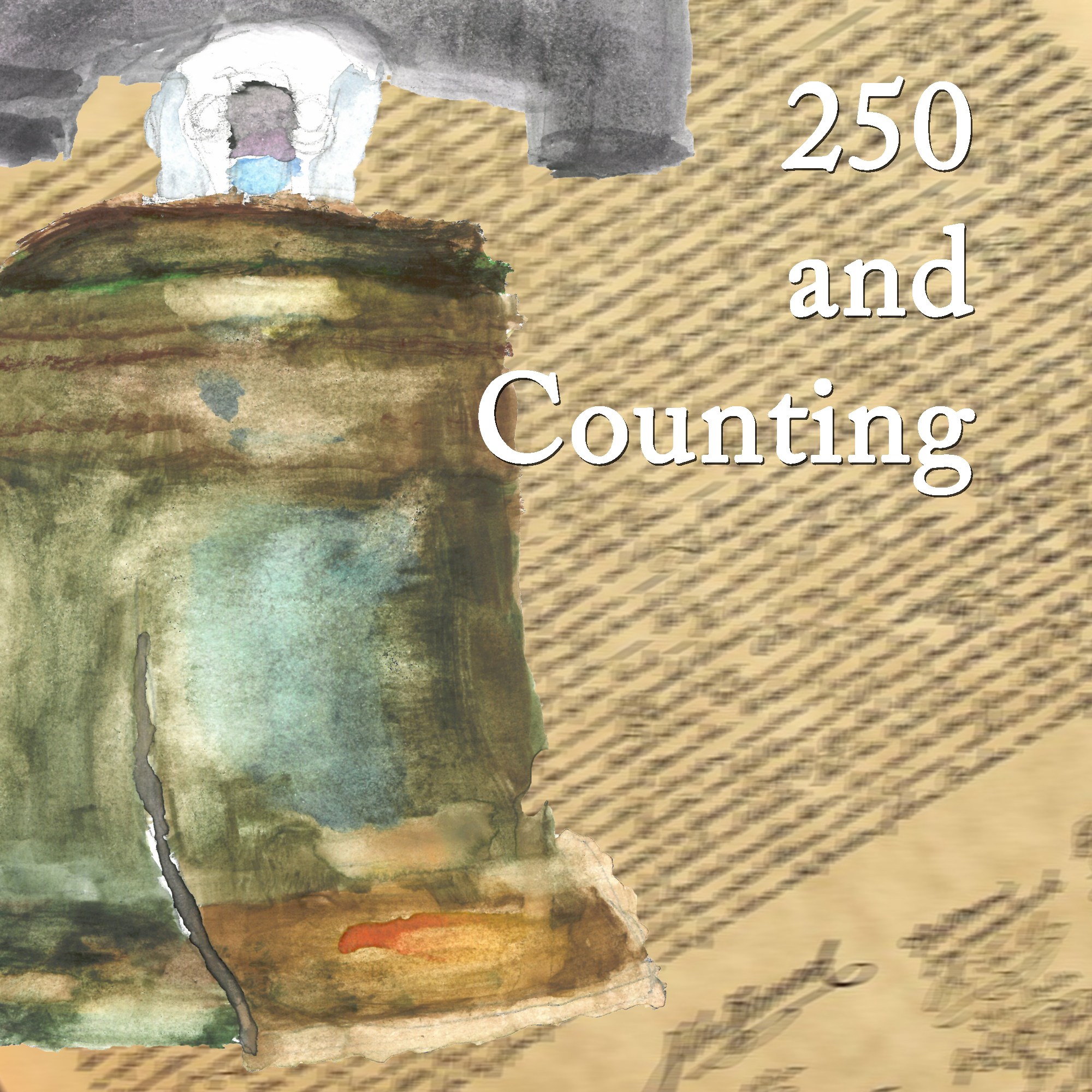
As long as we’ve had a Constitution, the United States has had a nominal separation between church and state. What that means is that Congress isn’t able to establish a state-sanctioned religion.
For longer than we’ve had a Constitution, Congress has proclaimed days of prayer of some kind or another.
For a long time, these days were announced not as a National Day of Prayer (the current nomenclature), but rather as “a day of fasting, prayer and humiliation.” Now, this isn’t the old Christian kind of humiliation in which haircoats are worn, or self-flagellation is necessary. In this context, “humiliation” refers to self-reflection and expression of sorrow or remorse before God.
In 1988 televangelist Jimmy Swaggert (who died just a couple of weeks ago) was caught with a prostitute. When he cried on television and gave his “I have sinned” speech, he was humiliating himself before God. Even if he hadn’t done it in front of an audience, it would still be an act of humiliation. Oddly enough, the national presbytery wasn’t buying it as genuine and stripped him of his credentials anyway. And they were right, considering that he was busted a second time with a prostitute a few years later.
Anyway.
“Fasting” and “prayer” retain their meanings to this day, so explanations probably aren’t necessary here. It’s worth noting, however, that fasting is meant to have a spiritual purpose and again, can show some level of humility.
Podcast: Play in new window | Download | Embed

Leave a Reply